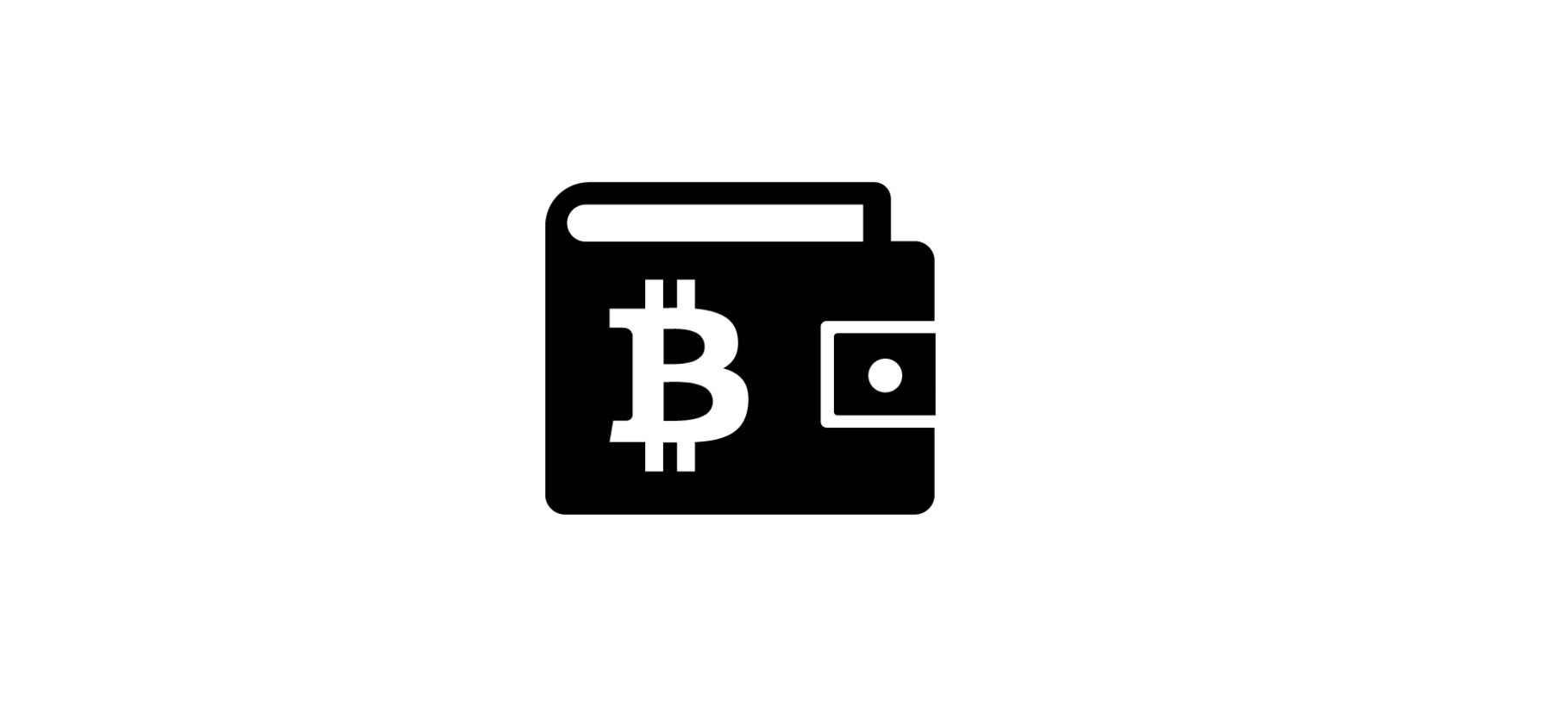
The block size debate might seem unimportant to people who don’t use bitcoin on a daily basis. However, the biggest challenge in bitcoin right now is dealing with confirmation time.
This is especially true during peak transaction periods. The problem starts when lots of transactions propagate the network. It is possible to use higher network fees on outgoing transactions for faster confirmation. However, this is not guaranteed.
There are not many mobile wallets letting users change transaction fees. In addition, automated fee estimation usually doesn’t work the way it should.
Bitcoin users often have to wait more than 15 minutes for a transaction to confirm. Sometimes, transactions can even take up to four hours. Limited block sizes can even lead to a fee market for transactions.
In theory, it is possible to automatically calculate an ideal miner fee. This would mean a transaction being confirmed in the first block. Even so, the time a subsequent block is generated still is a random variable. It simply cannot be controlled.
Here is an example of automated fee recommendation. By estimation, any transaction with a fee higher than 52,419 satoshis/KB would be included in the first block. Any transaction with fees lower than 25,000 satoshis/KB would need to wait at least two blocks to get confirmed.

13 thoughts on “Top Bitcoin Wallets Prove Block Confirmation Time is a Myth”
Comments are closed.